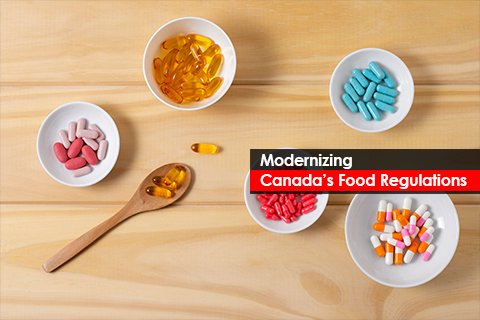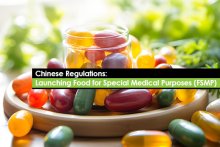Canada’s food regulations ensure they have one of the safest food supplies in the world. They are always looking forward to understanding and acting according to the changes or emerging trends in the food sector that may affect how or what they regulate. Currently, Health Canada (HC) is planning to consult with Canadians on modernizing the food regulations. The agenda is to keep the food regulations in pace with the changes driven by:
- An increasingly complex global food system
- Shifting consumer demands
- Environmental changes
- Advanced understanding of science and technology
For example, Health Canada is being prepared for the following:
- Emerging and new microbiological threats (such as bacteria, viruses, and antimicrobial resistance)
- Chemical contaminants (such as lead in infant formula, arsenic in rice, and micro-plastics in food)
- Impacts of climate change (such as bio-toxins in marine animals and increase in toxic algae blooms)
- Nutritional safety challenges from innovative ingredients (insects and plant-based proteins)
- New food manufacturing techniques (Ex: lab-grown meat)
- New food additives and packaging materials
- Non-traditional ingredients in food
Food Regulatory Innovation Agenda (FRIA)
The Food Regulatory Innovation Agenda (FRIA) consists of three pillars of activity that will help modernize the food regulations. It aims to:
- Address the issues affecting growth and innovation in the food sector
- Improve the ability to anticipate and respond to Regulatory needs
I. Pillar One: Creating Modern and Agile Food Regulations
1. Ensure a better response to emerging science
- The aim is to easily update microbiological safety criteria for foods and use analysis methods that ensure compliance with food safety and quality requirements.
2. Explore the use of foreign reviews and joint risk assessments
- The aim is to bring innovative, safe food products, such as infant formula, for quick market entry.
3. Review and re-design food regulations
- The aim is to follow, use, and amend the regulations under the Food and Drugs Act (FDA).
II. Pillar Two: Introducing New Pathways for Innovative Food
1. Introduce new regulations for supplemented foods
- To permit the sale of safe foods that contain added vitamins, minerals, amino acids, herbal, or bioactive ingredients.
2. Develop a Regulatory pathway for human milk fortifiers
- To allow safe new products to improve the health of the vulnerable population (pre-term infants or infants with specific health conditions).
3. Permit clinical food trials for a special dietary purpose
- To enable the sector to generate evidence showing these foods are safe and nutritionally adequate.
III. Pillar Three: A Better Way of Communicating with the Canadians
1. Improve guidance for plant breeders
- To encourage new developments in the plant breeding sector.
2. Formalize a joint food labeling coordination strategy
- To provide greater predictability and transparency for the industry with respect to food labeling changes.
3. Provide interpretation of Section 4 of the FDA
- To clarify how the Canadian government applies and uses these foundational food safety rules.
The Food and Food Supplements (FDS) industry will benefit from the Regulatory changes initiated by Health Canada (HC) and will have a Regulatory framework that encourages growth and innovation along with clarity and predictability in Regulatory requirements. This system promotes food safety and economic growth and maintains the integrity of Health Canada’s (HC) high scientific standards. It will also bring amendments to the current food regulations, and soon the industry can be prepared for some new regulations.
Freyr is here to help you with the best insights on modernizing Canada’s food regulations. Reach out to our Regulatory experts today for hassle-free market entry of Food and Food Supplements (FDS).
Stay informed. Stay compliant.





